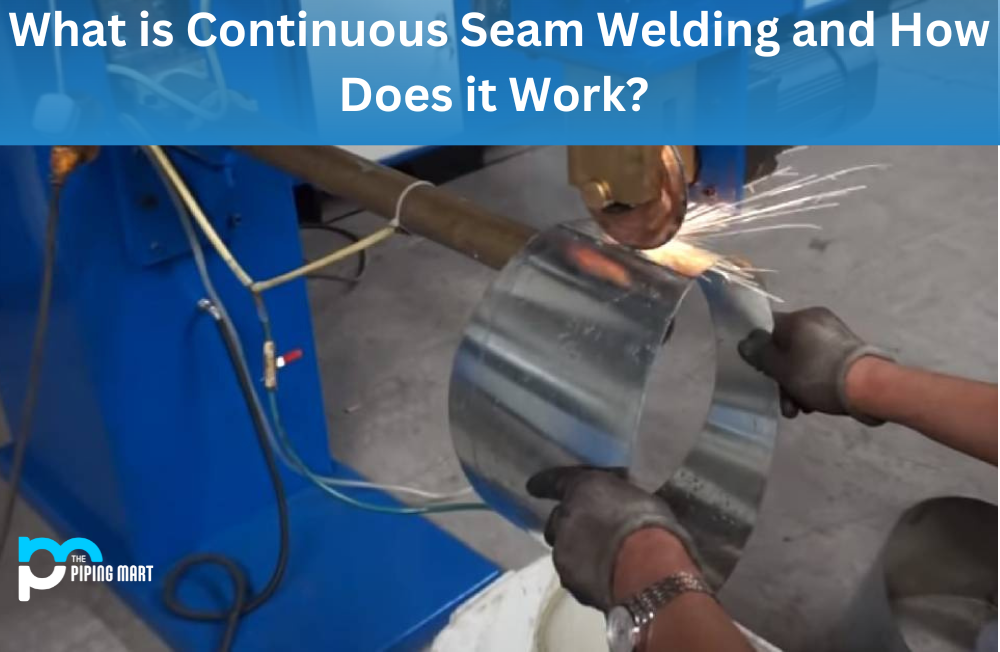The primary goal of the steel rolling process is to generate semi-finished or finished components by bulk-deforming enormous ingots or plates to reduce their cross-section. Hot rolling is a common metalworking technique used in industries to heat metal above the recrystallization temperature and distort it plastically during working or rolling operations. This is a typical industry technique to produce shapes with the necessary geometrical dimensions and material qualities while preserving the metal’s volume and features.
To flatten, lighten, and reduce the cross-sectional areas of the metal while maintaining its uniform thickness and volume, the hot metal is passed through two rolling devices. The by-product of the hot-rolling process most frequently utilized in the construction industry today is hot-rolled steel, which can be used as a finished good or as a raw material for other methods.
The Operations of Hot Rolling of Steel and Stainless Profiles
The blooms and billets are often heated in the hot rolling process to a high temperature, typically exceeding 1100 degrees Celsius, and a more significant temperature is necessary for the procedure. To create new structures with sturdy boundaries and consistent grain structures and volume, the steel is pushed through rolling items that damage the edges and break the metal’s grain structures. At a high temperature, the slabs or blooms pass through the casting process and are then fed into the rolling mills. For smaller operations, the metals are warmed to room temperature before being fed into the rolling mill, either by soaking them in a pit or by induction heating. The metal’s strength, toughness, ductility, formability, resistance to vibration and shock, and weldability are all increased by rolling operations.
High pressure is applied during the hot heat treatment to clean the steel and remove mill scales. This also stops the steel’s surface from acquiring defects in finished items. The product is finally chilled, and the working staffs make sure to manage the steel’s cooling rate to rectify the steel’s microstructure and crystallization according to the uses for which it is designed.
Knowing the Profile Hot Rolling Mills Closely
The primary function of hot rolling mills is to use steel billets to create steel and stainless steel cross-sections in various diameters. Steel heated in rolling mills is often used throughout the whole manufacturing process. The rotating rolls continue to move as they shape the steel sections and reduce the thickness of the steel.
For more accessible transportation of the finished product, additional steps in the process include cooling, cutting the steel into rolls, and coiling it. These steps include cold drawing and cold forming. Large-scale mills are needed to produce large quantities of profiles.

Pipingmart is B2B portal specializes in industrial, metal and piping products. Also, share latest information and news related to products, materials and different types grades to help business dealing in this industry.




